1. Introduction
The universe is a vast and enigmatic expanse that has fascinated humanity for centuries. Our ability to observe and understand cosmic phenomena has evolved dramatically over the years, driven by advancements in technology and scientific inquiry. This article explores the cutting-edge techniques and instruments that enable scientists to “see the unseeable” in the cosmos, including recent breakthroughs in observational astronomy, the development of advanced telescopes, and the impact of these discoveries on our understanding of the universe.
2. The Evolution of Observational Astronomy
2.1 Historical Perspective
Observational astronomy has a rich history that spans from ancient civilizations to modern science:
- Ancient Observations: Early astronomers, such as the Babylonians and Greeks, used rudimentary instruments and naked-eye observations to chart the night sky and track celestial events.
- The Telescope Revolution: The invention of the telescope in the early 17th century by Galileo Galilei marked a significant milestone. Galileo’s observations of Jupiter’s moons and the phases of Venus provided crucial evidence for heliocentric theory.
2.2 Technological Advances
Technological innovations have revolutionized our ability to observe the cosmos:
- Optical Telescopes: Improvements in lens and mirror technology have led to increasingly powerful optical telescopes, enabling astronomers to observe distant stars, galaxies, and other celestial objects with greater detail.
- Radio Astronomy: The development of radio telescopes in the mid-20th century allowed scientists to detect cosmic phenomena that emit radio waves, such as pulsars and quasars.
3. Observing the Invisible Universe
3.1 The Limitations of Visible Light
While visible light provides valuable information about the universe, it has limitations:
- Cosmic Dust: Interstellar dust and gas can obscure our view of distant objects, making it challenging to observe phenomena that are not directly in our line of sight.
- Dark Matter and Dark Energy: These elusive components of the universe do not emit or interact with visible light, rendering them invisible to traditional optical telescopes.
3.2 Multi-Wavelength Astronomy
To overcome these limitations, astronomers use multi-wavelength observations:
- Radio Waves: Radio telescopes can detect emissions from cosmic objects that are not visible in optical light. For example, pulsars and cosmic microwave background radiation are observed primarily in radio wavelengths.
- Infrared Observations: Infrared telescopes can penetrate cosmic dust clouds, revealing hidden star-forming regions and distant galaxies. The Spitzer Space Telescope and the James Webb Space Telescope (JWST) are key players in infrared astronomy.
- X-Rays and Gamma Rays: High-energy observations in X-ray and gamma-ray wavelengths provide insights into the most energetic and violent phenomena, such as black holes, neutron stars, and supernovae.
4. The Advent of Advanced Telescopes
4.1 Ground-Based Observatories
Ground-based telescopes have played a crucial role in astronomical research:
- The Very Large Telescope (VLT): Located at the Paranal Observatory in Chile, the VLT consists of four optical telescopes that work together to provide high-resolution images of celestial objects.
- The Green Bank Telescope (GBT): The GBT in West Virginia is one of the world’s largest fully steerable radio telescopes, enabling detailed observations of radio emissions from various cosmic sources.
4.2 Space-Based Observatories
Space-based telescopes eliminate atmospheric interference, offering clearer views of the universe:
- Hubble Space Telescope: Launched in 1990, Hubble has provided stunning images and valuable data about distant galaxies, nebulae, and exoplanets, significantly enhancing our understanding of the cosmos.
- Chandra X-ray Observatory: Chandra, launched in 1999, observes X-ray emissions from the most energetic and hot regions of the universe, such as black holes and supernova remnants.
4.3 The James Webb Space Telescope (JWST)
JWST represents the next generation of space observatories:
- Infrared Capabilities: JWST’s advanced infrared capabilities allow it to observe the early universe, uncovering the formation of the first galaxies and stars.
- Unprecedented Resolution: JWST’s large primary mirror and sophisticated instruments provide unprecedented resolution and sensitivity, enabling detailed observations of distant and faint objects.
5. Cutting-Edge Techniques in Observational Astronomy
5.1 Gravitational Wave Astronomy
Gravitational waves offer a new way to observe cosmic events:
- Detection of Gravitational Waves: The Laser Interferometer Gravitational-Wave Observatory (LIGO) and Virgo collaboration have detected ripples in spacetime caused by events such as black hole mergers and neutron star collisions.
- Implications for Astronomy: Gravitational waves provide insights into phenomena that are invisible through electromagnetic observations, offering a new dimension to our understanding of the universe.
5.2 Adaptive Optics
Adaptive optics enhance ground-based observations by compensating for atmospheric distortion:
- Real-Time Correction: Adaptive optics systems use deformable mirrors to correct for the blurring effects of Earth’s atmosphere, resulting in sharper images of celestial objects.
- Enhanced Resolution: This technology has improved the resolution of ground-based telescopes, allowing for detailed studies of distant galaxies, star clusters, and exoplanets.
5.3 High-Resolution Spectroscopy
High-resolution spectroscopy provides detailed information about celestial objects:
- Spectral Analysis: By analyzing the light emitted or absorbed by celestial objects, astronomers can determine their composition, temperature, velocity, and other properties.
- Exoplanet Research: Spectroscopy is used to study the atmospheres of exoplanets, searching for signs of habitability and potential biosignatures.
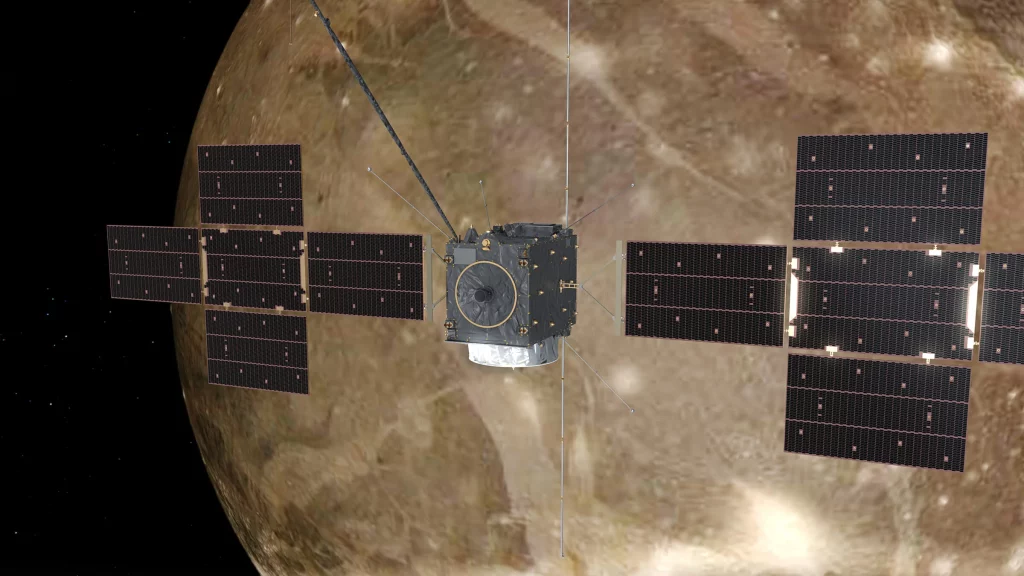
6. The Impact of Observational Breakthroughs
6.1 Discoveries and Insights
Recent breakthroughs in observational astronomy have led to significant discoveries:
- Exoplanets: The discovery of thousands of exoplanets, including potentially habitable ones, has transformed our understanding of planetary systems and the potential for life beyond Earth.
- Cosmic Inflation: Observations of the cosmic microwave background have provided evidence for the theory of cosmic inflation, shedding light on the early moments of the universe.
6.2 Advances in Cosmology
Observational advancements have profound implications for cosmology:
- Dark Matter and Dark Energy: Observations of galaxy clusters, supernovae, and the large-scale structure of the universe have provided clues about the nature of dark matter and dark energy, which make up the majority of the universe’s mass-energy content.
- The Expansion of the Universe: Precise measurements of the universe’s expansion rate have refined our understanding of its age and evolution, leading to new insights into the fate of the cosmos.
7. Future Prospects in Observational Astronomy
7.1 Next-Generation Telescopes
Future telescopes promise to push the boundaries of observational astronomy:
- The Extremely Large Telescope (ELT): Under construction in Chile, the ELT will have an exceptionally large primary mirror, providing unprecedented resolution and sensitivity for studying distant galaxies and exoplanets.
- The Square Kilometre Array (SKA): The SKA, an international radio telescope project, aims to revolutionize radio astronomy with its enormous collecting area and advanced capabilities.
7.2 Space Missions and Observatories
Future space missions will continue to enhance our observational capabilities:
- The Nancy Grace Roman Space Telescope: Scheduled for launch in the mid-2020s, this telescope will conduct large-scale surveys to investigate dark energy, exoplanets, and the structure of the universe.
- LUCI (Large Ultraviolet Optical Infrared Surveyor): Proposed for future space missions, LUCI aims to provide deep imaging and spectroscopy across a wide range of wavelengths.
7.3 Interdisciplinary Approaches
Combining observational astronomy with other scientific disciplines will lead to new discoveries:
- Astrobiology: Integrating observational data with astrobiology research will enhance our understanding of the conditions necessary for life and the potential for life elsewhere in the universe.
- Planetary Science: Advances in observational techniques will complement studies of planetary atmospheres, surface processes, and potential habitability.
8. Challenges and Considerations
8.1 Data Management and Analysis
The increasing volume of data generated by advanced telescopes presents challenges:
- Big Data: Managing and analyzing large datasets from telescopes and space missions requires advanced computational techniques and infrastructure.
- Data Sharing: Ensuring that data is accessible and usable by the global scientific community is essential for fostering collaboration and accelerating discoveries.
8.2 Funding and Collaboration
Securing funding and fostering international collaboration are critical for future advancements:
- Funding Challenges: Developing and operating advanced telescopes and space missions require substantial financial investment, and securing funding is a continual challenge.
- Global Collaboration: Collaborative efforts between space agencies, research institutions, and private entities will be crucial for achieving ambitious observational goals and sharing expertise.
9. Case Studies and Examples
9.1 The Event Horizon Telescope (EHT)
The EHT provided the first direct image of a black hole’s event horizon:
- Groundbreaking Achievement: In 2019, the EHT collaboration released an image of the black hole in the galaxy M87, marking a milestone in observational astronomy and confirming key predictions of general relativity.
- Global Network: The EHT utilized a network of radio telescopes around the world to achieve the high-resolution observations necessary for this breakthrough.
9.2 The Hubble Deep Field
The Hubble Deep Field observations provided a deep view of the universe:
- Deep Field Images: Hubble’s deep field images revealed thousands of




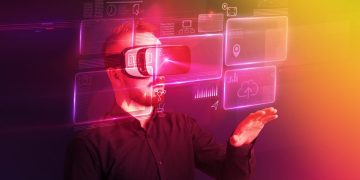
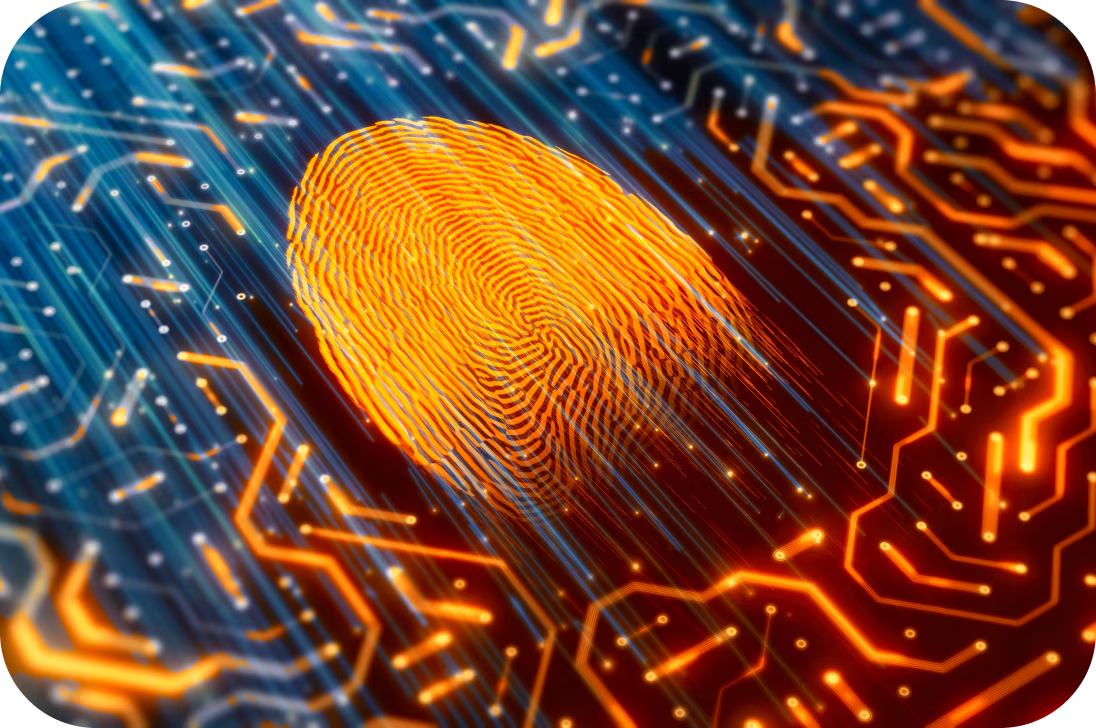













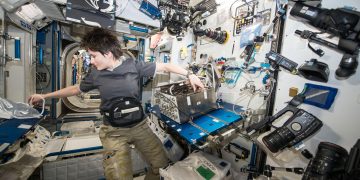
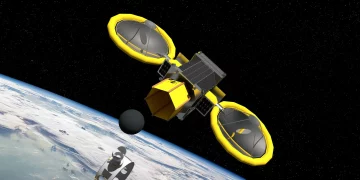




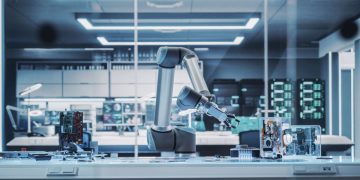

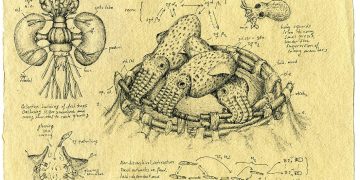







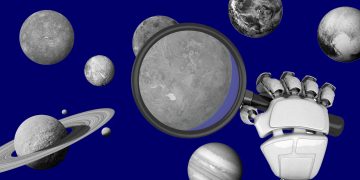

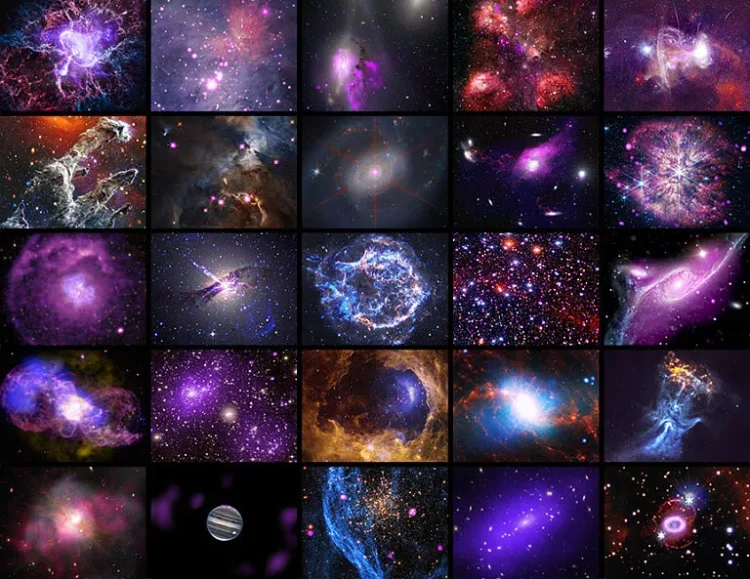












Discussion about this post